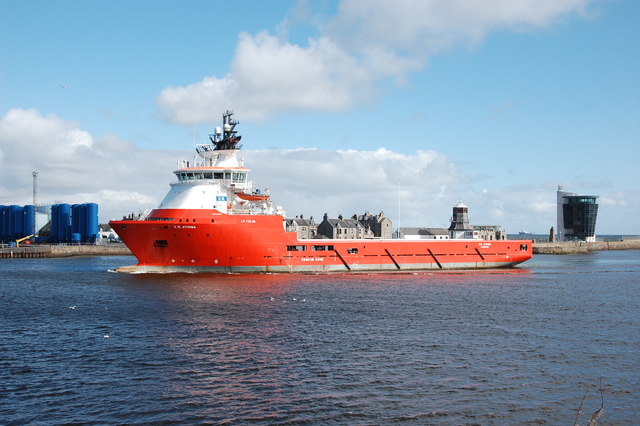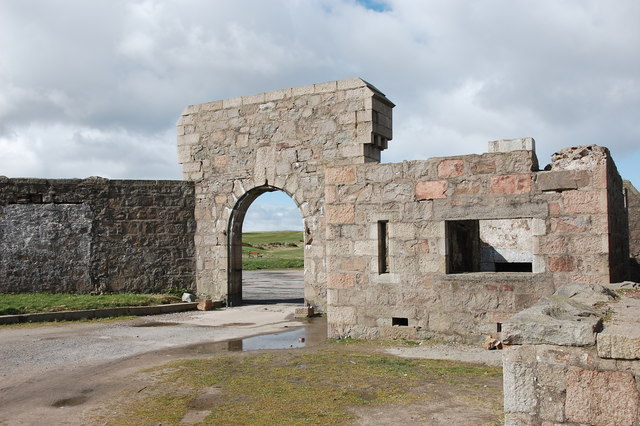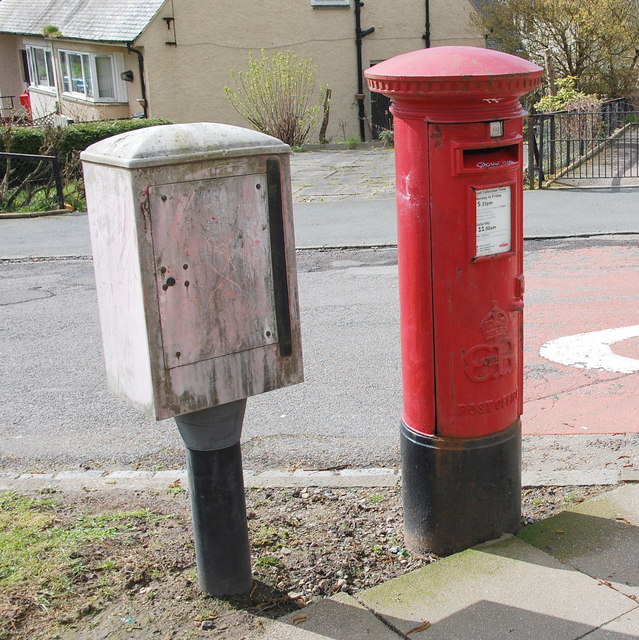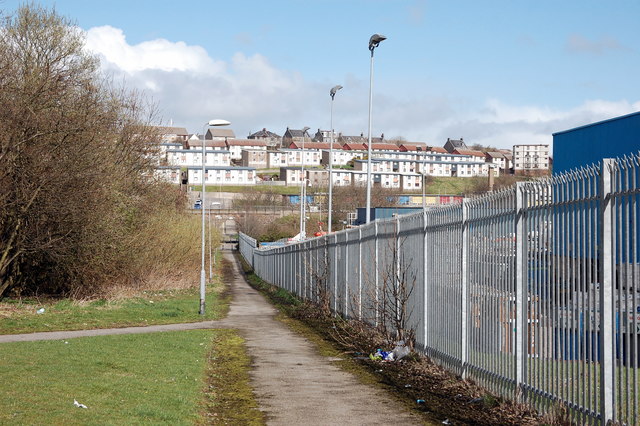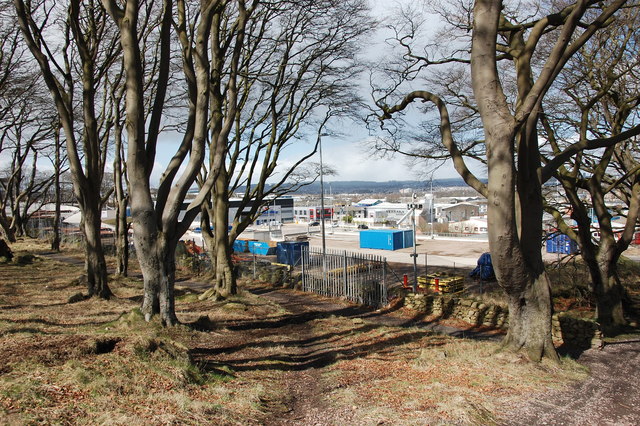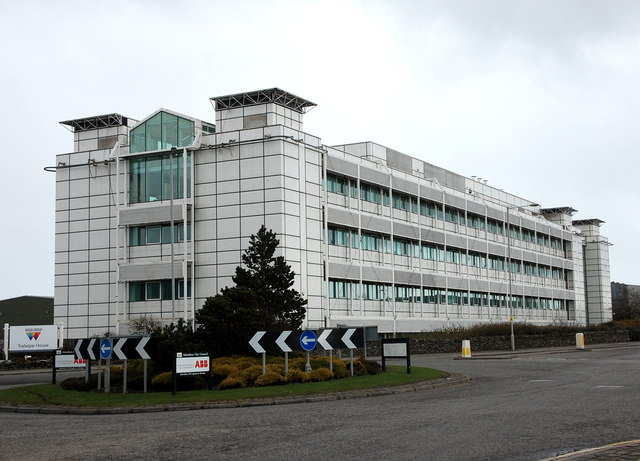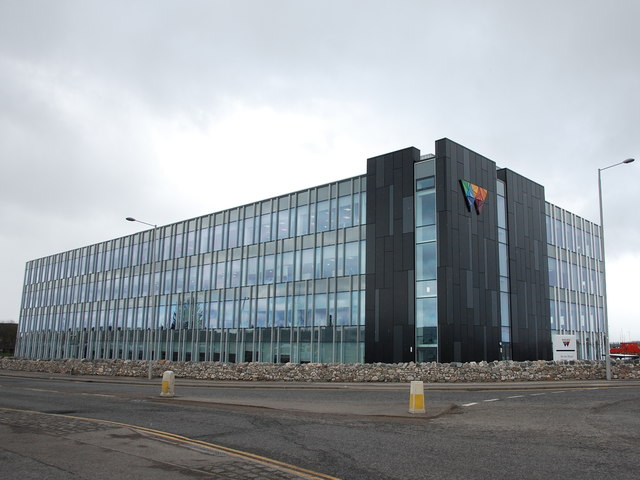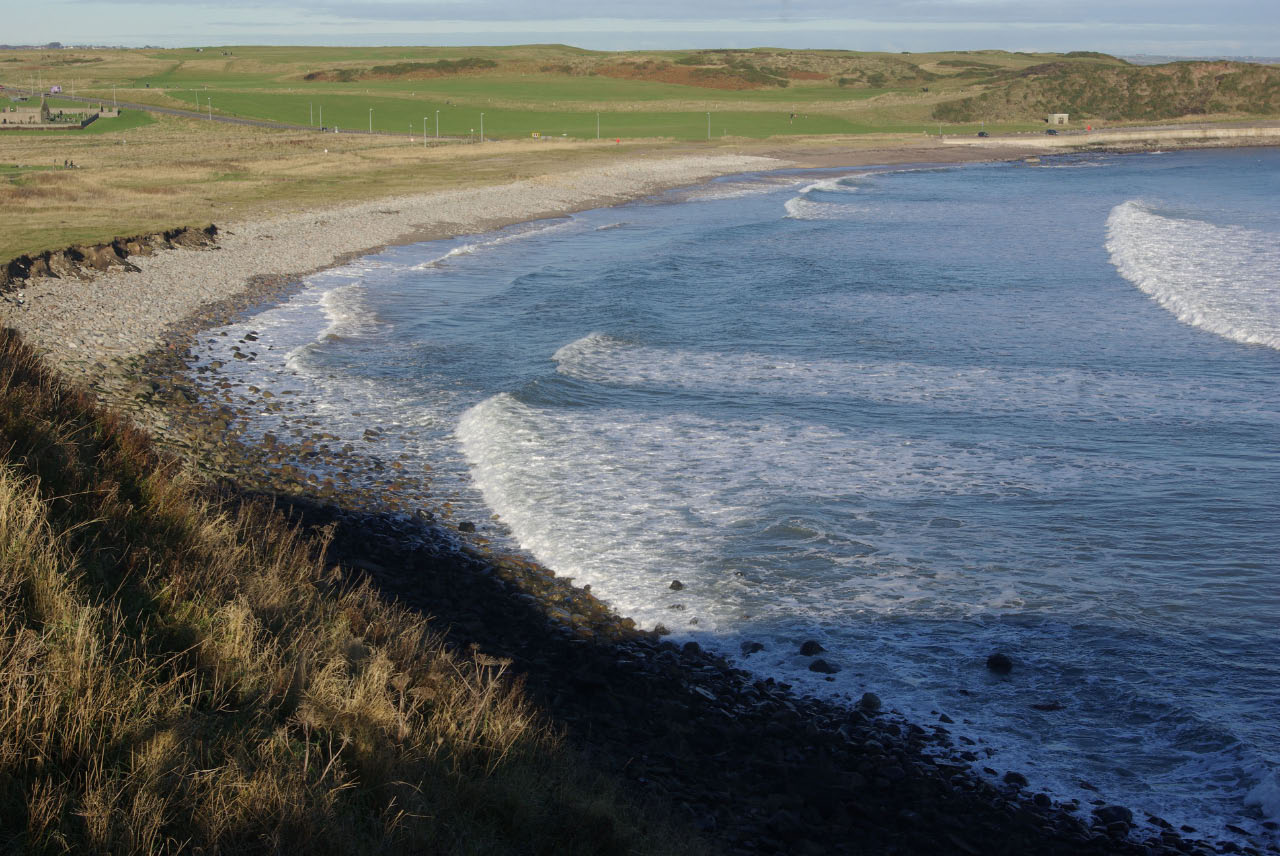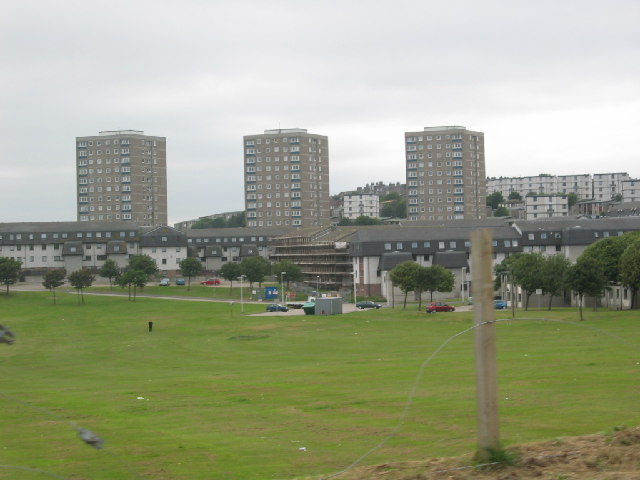Doonies Hill
Hill, Mountain in Kincardineshire
Scotland
Doonies Hill
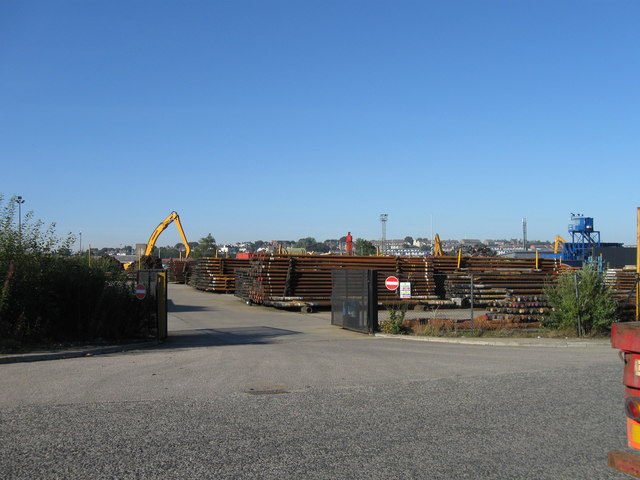
Doonies Hill is a prominent geographical feature located in Kincardineshire, Scotland. With an elevation of approximately 221 meters (725 feet), it is classified as a hill rather than a mountain. It sits on the outskirts of Stonehaven, a picturesque coastal town in northeast Scotland.
The hill is known for its distinctive shape, featuring a rounded summit and gentle slopes that offer panoramic views of the surrounding countryside. Its location makes it a popular destination for both locals and tourists seeking outdoor recreational activities such as hiking, walking, and birdwatching. The diverse flora and fauna found on Doonies Hill attract nature enthusiasts throughout the year.
One notable feature of Doonies Hill is the presence of an Iron Age hill fort near its summit. This ancient fortification dates back to around 500 BC and provides insights into the region's rich historical past. Archaeological excavations have revealed remnants of defensive structures, including ramparts and ditches, which were likely used for protection during that era.
Accessing Doonies Hill is relatively straightforward, with footpaths and trails leading up to the summit. The hill is well-maintained, ensuring a safe and enjoyable experience for visitors. On clear days, the summit provides breathtaking views of the surrounding landscape, including the North Sea coast, the town of Stonehaven, and the rolling hills of Kincardineshire.
In conclusion, Doonies Hill is a significant natural landmark in Kincardineshire, Scotland. Its combination of historical significance, stunning views, and outdoor recreational opportunities make it a cherished destination for locals and visitors alike.
If you have any feedback on the listing, please let us know in the comments section below.
Doonies Hill Images
Images are sourced within 2km of 57.125404/-2.0556601 or Grid Reference NJ9603. Thanks to Geograph Open Source API. All images are credited.

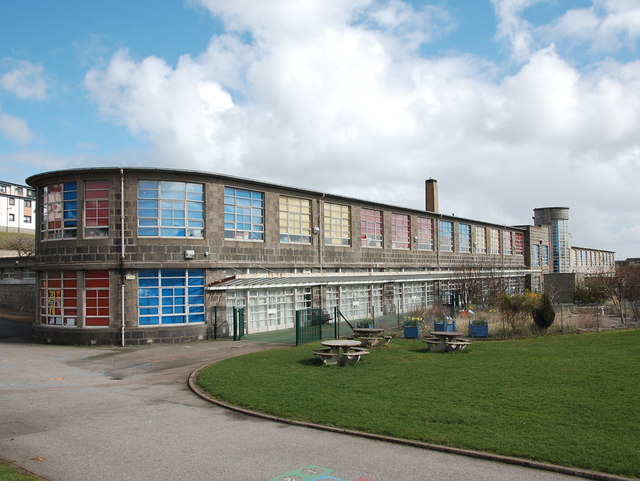
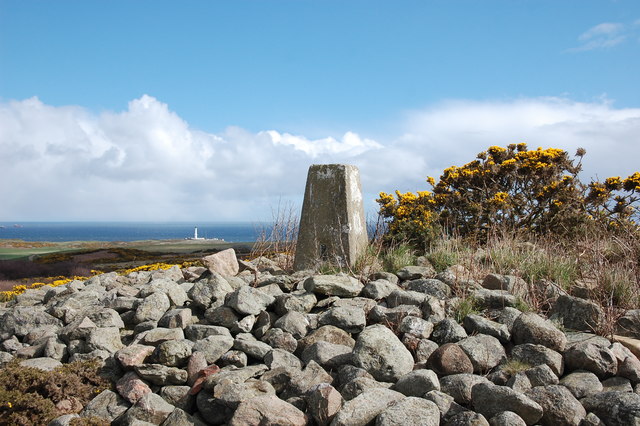



Doonies Hill is located at Grid Ref: NJ9603 (Lat: 57.125404, Lng: -2.0556601)
Unitary Authority: City of Aberdeen
Police Authority: North East
What 3 Words
///motel.police.afford. Near Aberdeen
Nearby Locations
Related Wikis
Doonies Farm
Doonies Rare Breeds Farm was a farm in Aberdeen, Scotland. Doonies Farm had one of Scotland's largest collections of rare and endangered farm animal breeds...
Nigg Bay, Aberdeen
Nigg Bay is a cove to the east of Aberdeen, between Girdle Ness and Greg Ness, in the old parish of Nigg. In 2017, work began to develop the bay into a...
Balnagask
Balnagask is an area of Torry, a burgh of Aberdeen in Scotland. Balnagask is said to mean "the village in the hollow" in Gaelic. The Balnagask Estate...
NESS Energy Project
The NESS Energy Project is an incinerator currently under construction in Aberdeen, UK. It is situated in East Tullos Industrial Estate on a site formerly...
Nearby Amenities
Located within 500m of 57.125404,-2.0556601Have you been to Doonies Hill?
Leave your review of Doonies Hill below (or comments, questions and feedback).

